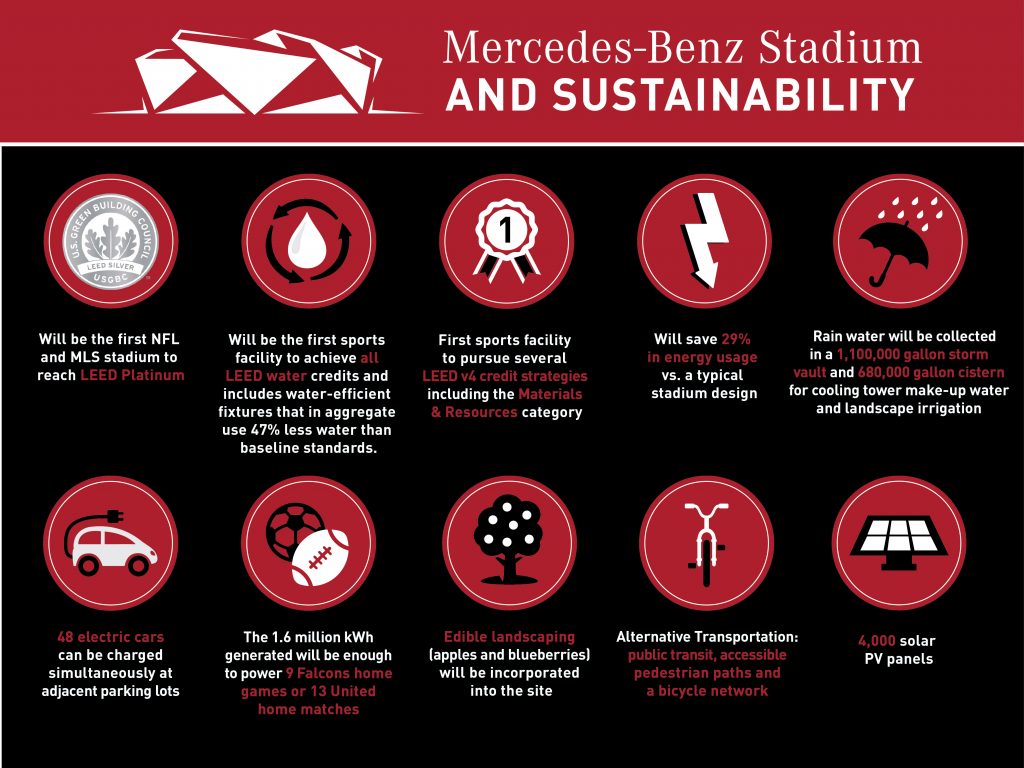by Jordan Kamp, Michael Ferrici, Pratibha Kaur, Chinedu Ofoegbu, and Eugene Zhang
How can Sports Make a Change?
Sports and Sustainable Development!
Whether it’s the World Cup, Super Bowl Sunday, or the Olympics, there is nothing that ignites the passions of millions across the globe more than watching or playing sports. A favorite activity of many, sports have the ability to bring the world together for one pure reason – the love of the game. So, what happens when you combine the love of the game with the love of the planet? You find the key to driving a global sustainable development initiative.
Since its inception, sports have played a vital role in the cultural development of many nations around the world. Add in the technological advancements from the impact of globalization, and you will find the whole world connected by simply a game. Through this connection, sustainable development has an opportunity to flourish and spread on a global scale. In fact, many organizations behind the sports we know and love today have already begun to make a more positive impact on the environment. According to the Sport Sustainability Journal, the International Olympic Committee (IOC) has come up with strategies that are focused upon a couple areas to promote sustainability. One area for improvement involves infrastructure and natural sites – specifically, the promotion of natural sites as well as the management of greenhouse emissions related to sport activities. The IOC also encourages existing venues to update their energy-saving plan as well as install or switch to on-site renewable energy and “green” energy supplies.

Many stadiums around the world are already emphasizing these trends. Mercedes-Benz Stadium, located in the state of Georgia, is the official home of the Atlanta Falcons, United FC, and Atlanta United FC. In recent years, it received the platinum Leadership in Energy and Environmental Design certificate, which is a global standard for measuring the sustainability of buildings. The stadium’s energy consumption is 29% less than what the average stadium consumes due to energy efficiency and renewable energy projects. These include being equipped exclusively with LED lighting and video boards as well as 4,000 rooftop solar PV panels. Additionally, the stadium houses a storm water management system with the capacity to store over 2 million gallons onsite while preventing flooding in neighboring areas. Another example is the Johan Cruijff Arena in Amsterdam – home to the football club Ajax. According to Climate Action, the arena is powered by more than 4,200 solar panels and one wind turbine. Additionally, rainwater from the stadium roof is collected and reused to water the grass field. The club also encourages fans to reduce their travel emissions by using electric vehicles, trains, and active mobility. Besides the examples of American football and soccer, volleyball has also joined in the sustainability efforts through the Good Net project. This project works to combat plastic pollution while also emphasize the importance of animal preservation. One way the project is doing this is by repurposing discarded fishing nets into volleyball nets.

Finally, professional sport brands have also begun to make the shift towards creating products that push sustainable initiatives. All these unique and evolutionary ideas have already impacted the globe in a positive way and have inspired many communities to join in protecting the planet through sport. Besides the solutions presented above, there is room for even more routes to support sustainability through sport. Through advancements in technology, virtual reality could make it possible to have virtual meets rather than traveling – curbing the problem of carbon emissions.

Additionally, the construction of barriers on natural sites could enable the use of natural temperatures rather than extend the carbon footprint through carbon-emitting generators. Finally, another potential solution would be to find alternative means of moving equipment to lower the carbon impact of freight. This could involve utilizing more local businesses as well as more eco-friendly vehicles. Sports have already been shown to have the special ability to bring not only a country together, but also the entire world together for the love of the game. An enjoyable pastime, sports are celebrated and enjoyed by millions and involve many players, leagues, and companies who can make a real difference for the planet. The movement has already begun and will continue as new innovative approaches are being made every day. So, what better vehicle to use than sports to drive the world’s sustainability initiative?


